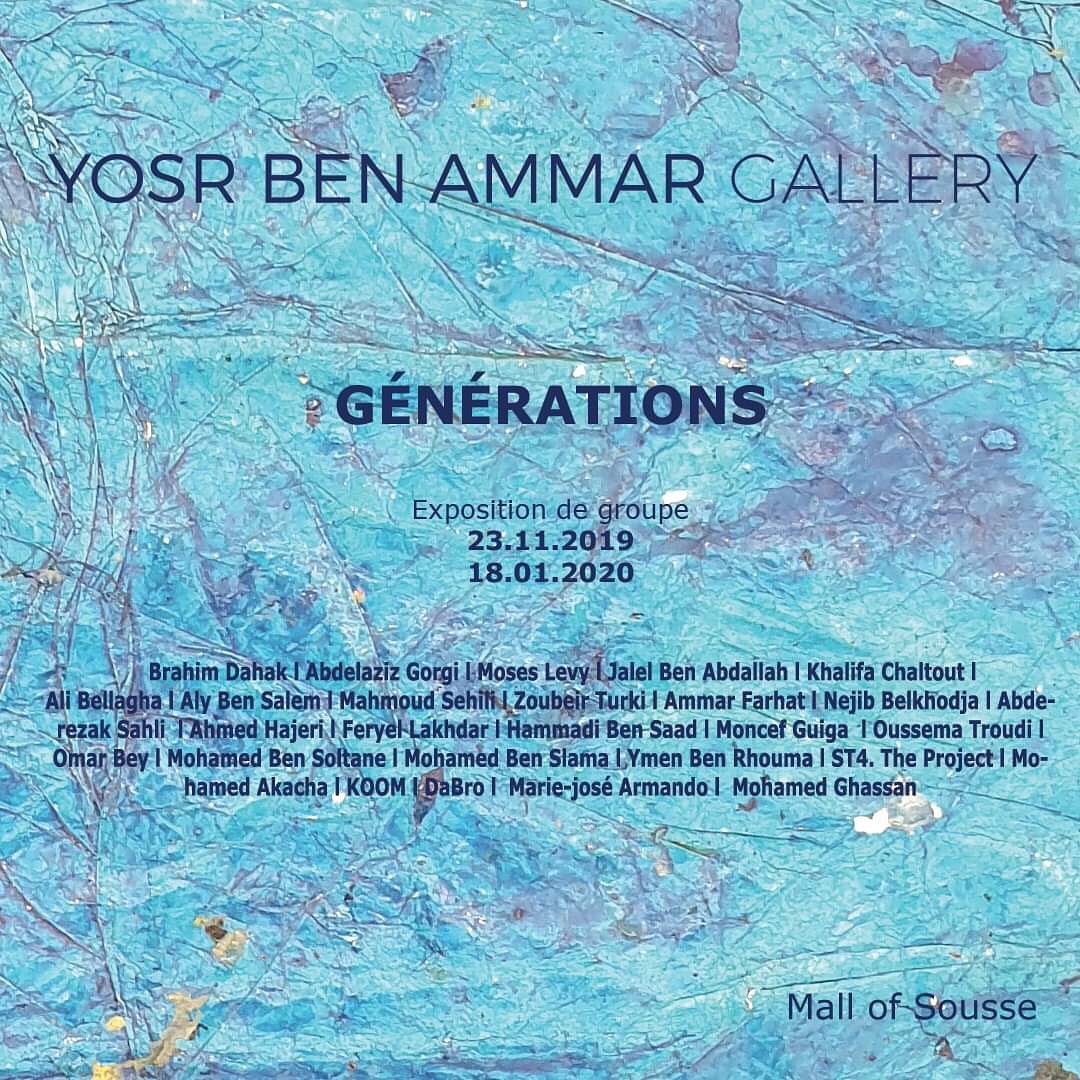NEJIB BELKHODJA (1933-2007)
Tunisian abstract painter — between calligraphy and Medina architecture
Born in the Medina of Tunis, Nejib Belkhodja absorbed the colors, shapes, and rhythms of the city from an early age. He received formal training at the École des Beaux-Arts de Tunis and began exhibiting at the age of 23, marking his first steps in the local art scene.
In 1956, he won the Municipality of Tunis Prize at the International Salon before continuing his artistic studies and travels in Rome and Paris. There, he developed a passion for the abstract painting of Delaunay and Kandinsky and participated in the second Paris Biennale. In 1964, his work was awarded the Gold Medal of the Painting Prize in Milan.
A visionary, he founded the “Group of Six” in Tunis, which radically transformed the Tunisian artistic landscape of the 1960s. His approach combined abstraction with cultural heritage: he integrated Arabic calligraphy into graphics inspired by the Medina, creating compositions where arches, vertical, horizontal, and diagonal lines are arranged to suggest circulation spaces and dialogue with urban architecture.
Upon his death, the “Nejib Belkhodja Prize for Visual Arts” was established at the Museum of the City of Tunis to annually reward emerging Tunisian and international talents, perpetuating the spirit of innovation and openness that characterizes his work.

